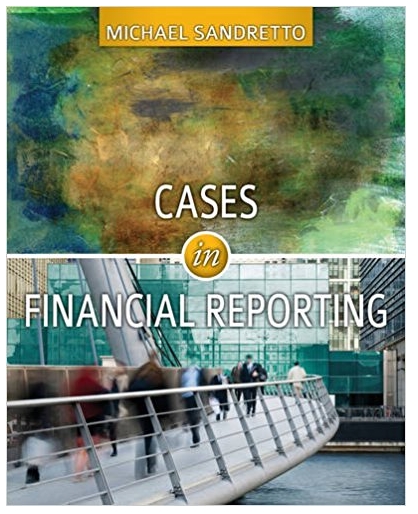1. Evaluate Big Cats financial performance from 2000 to 2007 (Exhibit 2). As part of your analysis,...
Question:
bikeblips.dailyradar.com/video/it-s-a-catrike-part-1/
bikeblips.dailyradar.com/video/it-s-a-catrike-part-1/
2. Evaluate Paulo’s performance in: (a) product design; (b) production process design; (c) entrepreneurship; and (d) strategy.
3. How successful was Paulo at adapting to problems? At seeing and exploiting opportunities?
4. Was the revised price list in Exhibit 3 worth Paulo’s effort? Explain
5. How will the Vat tax influence paulo’s decision to expand in Europe?
6. What actions should Paulo take in the next two years? In the next five years? Explain
Paulo Camasmie first became interested in cycling when, as a young boy in Sao Paulo, Brazil, he received a high- quality five-speed Caloi road bike. He also loved music and asked his father for a drum set for his 10th birthday. His father agreed, but because of the cost said Paulo would need to wait a year. The following year, 1980, Paulo had lost interest in drums and instead asked for a Sinclair ZX80, one of the world’s first personal computers. His model came with 2 kb of RAM, which he upgraded with a 64-kb extension. He then took courses in Basic programming, advanced Basic, and assembly language. As he developed his math skills on his ZX80, Paulo also developed an interest in designing and building things, particularly functional products that made life simpler, easier, and better. At age 16, by then a competitive water skier, Paulo traveled to California to attend a water ski camp. He was amazed at how advanced the ski boats were compared to those in Brazil. When he returned home, he told his father and brother about the new designs and the three of them formed a boat- building company. Paulo was only a high school student, but his father and brother relied on him to manage production. When Paulo was accepted to the mechanical engineering department at one of Brazil’s leading universities, Fundacao Armando Alvares Penteado (FAAP), he left the business to concentrate on his studies, and his brother ran the firm.
Fantastic news! We've Found the answer you've been seeking!
Step by Step Answer:
Related Book For 

Question Posted:





